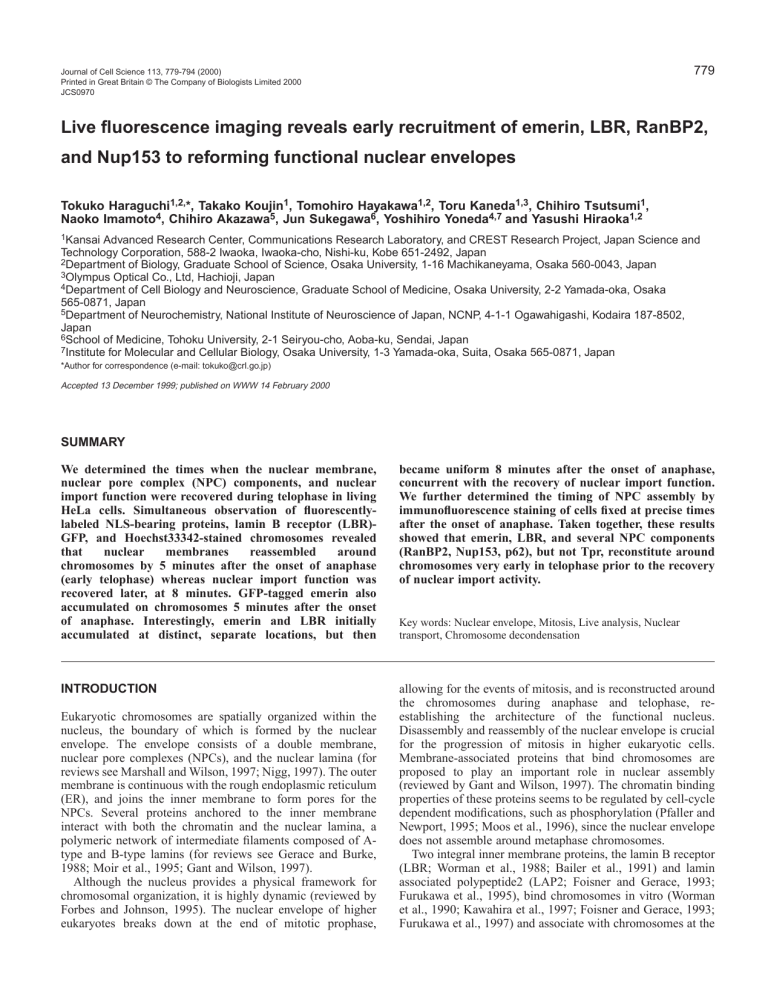Nuclear Envelope Drawing Biology Diagrams During cell division, remodeling of the nuclear envelope (NE) enables chromosome segregation by the mitotic spindle[] . The reformation of sealed nuclei requires Endosomal Sorting Complexes Required for Transport (ESCRTs) and LEM2, a transmembrane ESCRT
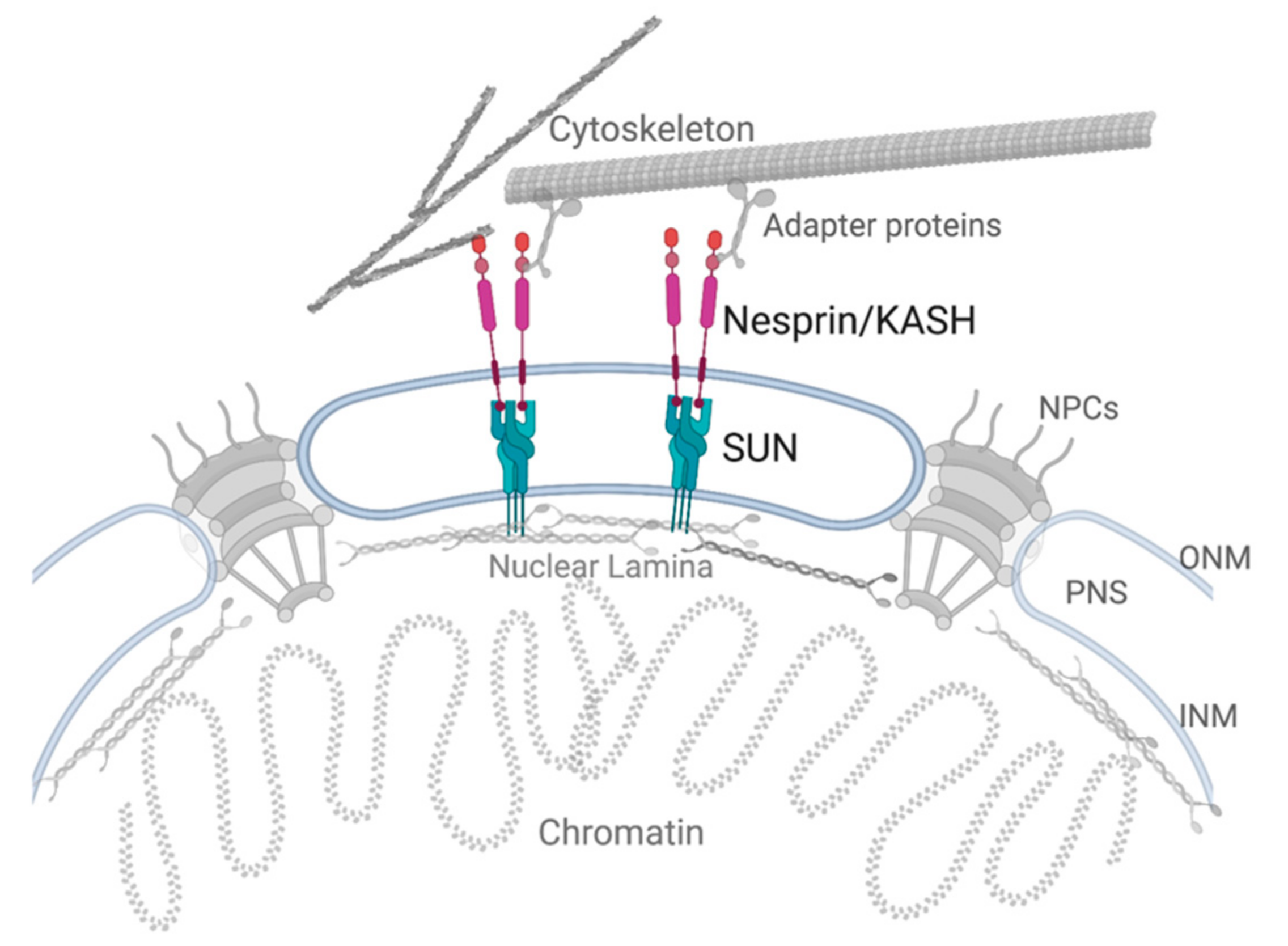
The ESCRT-III complex is implicated in the reformation of the nuclear envelope; the CHMP2A component of ESCRT-III is directed to the forming nuclear envelope through classical ESCRT-assembly
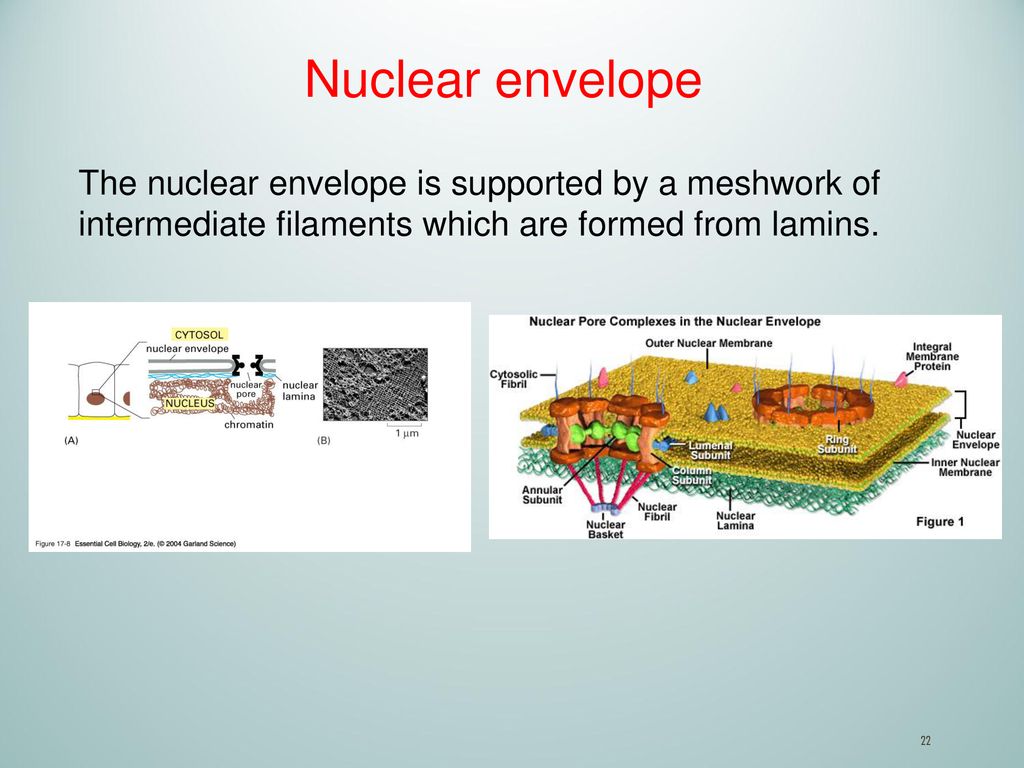
III controls nuclear envelope reformation Biology Diagrams
The membrane system that encloses genomic DNA is referred to as the nuclear envelope. However, with emerging roles in signaling and gene expression, these membranes clearly serve as more than just a physical barrier separating the nucleus and cytoplasm. Recent progress in our understanding of nuclear envelope architecture and composition has also revealed an intriguing connection between
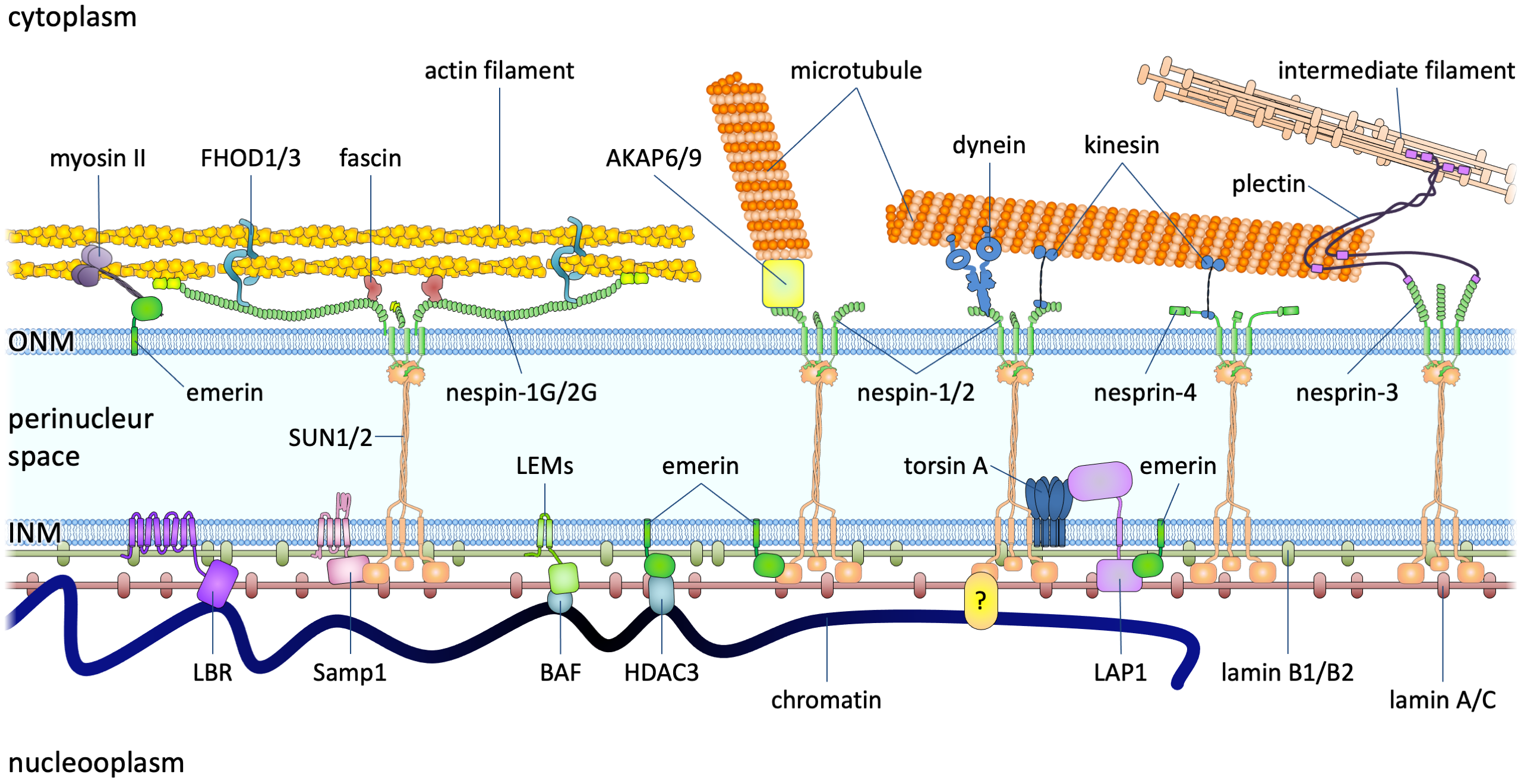
This review aims at assessing the current understanding of how phosphatases contribute to the remodelling of the nuclear envelope during its disassembling and reformation after cell division and how errors in this process may lead to the development of diseases.
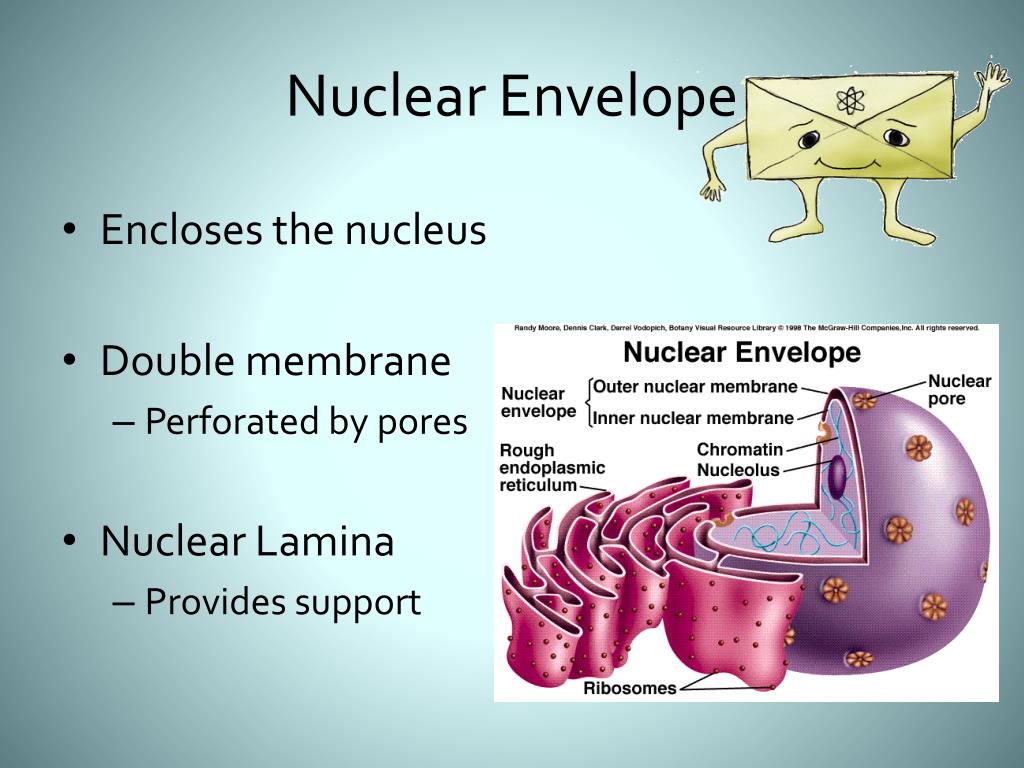
Nuclear envelope remodelling during mitosis Biology Diagrams
The nuclear envelope: form and function The INM, ONM and pore membrane are each intimately associated with distinct proteinaceous structures; these connections ensure the integrity of the nuclear environment and aid in coordinating cellular events. The nuclear envelope is a dynamic structure that is disassembled and reassembled during 'open' mitosis in higher eukaryotes. These mitotic changes are subject to both spatial and temporal control This envelope and the nuclear pores within it play a critical role in separating the genome from the cytoplasm. It also presents cells with a challenge. How are cells to remodel the nuclear compartment boundary during mitosis without compromising nuclear function?
